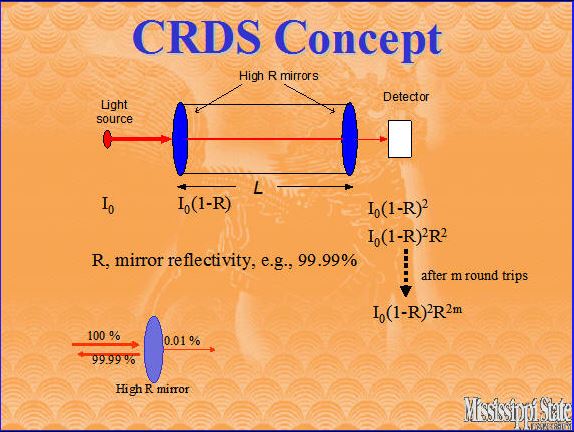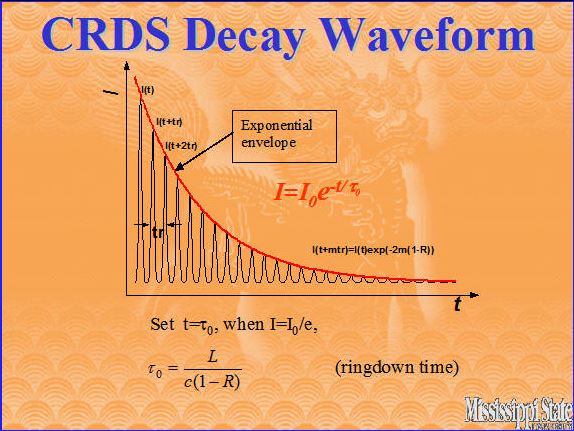Laser Spectroscopy and Plasma Lab (LSPL)
Professor Wang's Research Group
Department of Physics and Astronomy, Mississippi State University
The nature of Dr. Wang’s research is multidisciplinary, involving physics, chemistry, and optical engineering. His research interest is to develop and apply measuring, monitoring, and sensing technologies to address real problems in energy, environment, and biomedical engineering. He believes that one powerful technology, CRDS, can have unlimited application potential in the aforementioned fields and beyond. Currently, Wang group’s research efforts are dedicated to
- Laser diagnostics in plasma and combustion, especially, plasma-assisted combustion (PAC).
- Time-domain fiber optic sensor and sensor network for large-scale, multi-function (physical, chemical, and biological) monitoring and sensing. Time-domain fiber optic sensor and sensor network for large-scale, multi-function (physical, chemical, and biological) monitoring and sensing.
- Cavity ringdown instrumentation for trace elements, isotopes, and volatile organic compounds.
- Breath biomarkers for non-invasive disease diagnostics and metabolic status monitoring.
- Physical and chemcial study of single aerosol particles optically trapped in air.
Our laser spectroscopy journey: from spectroscopic constants (1998) to spectrometers (2008)



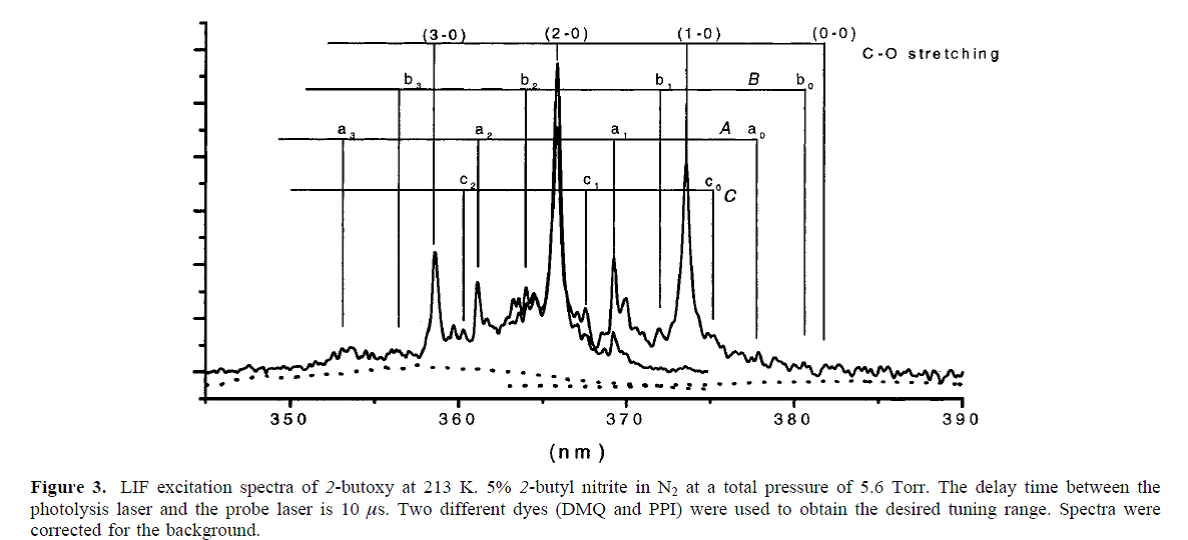
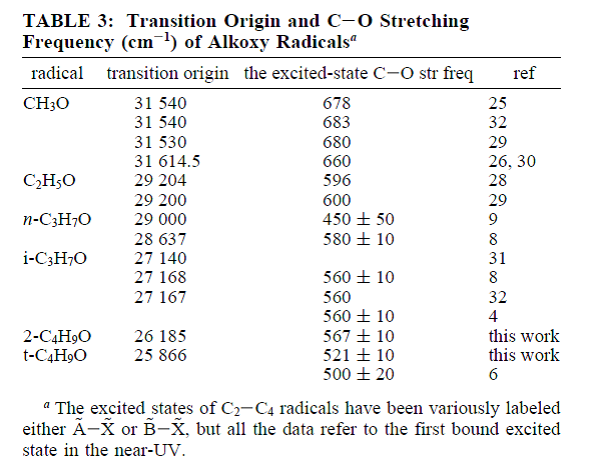
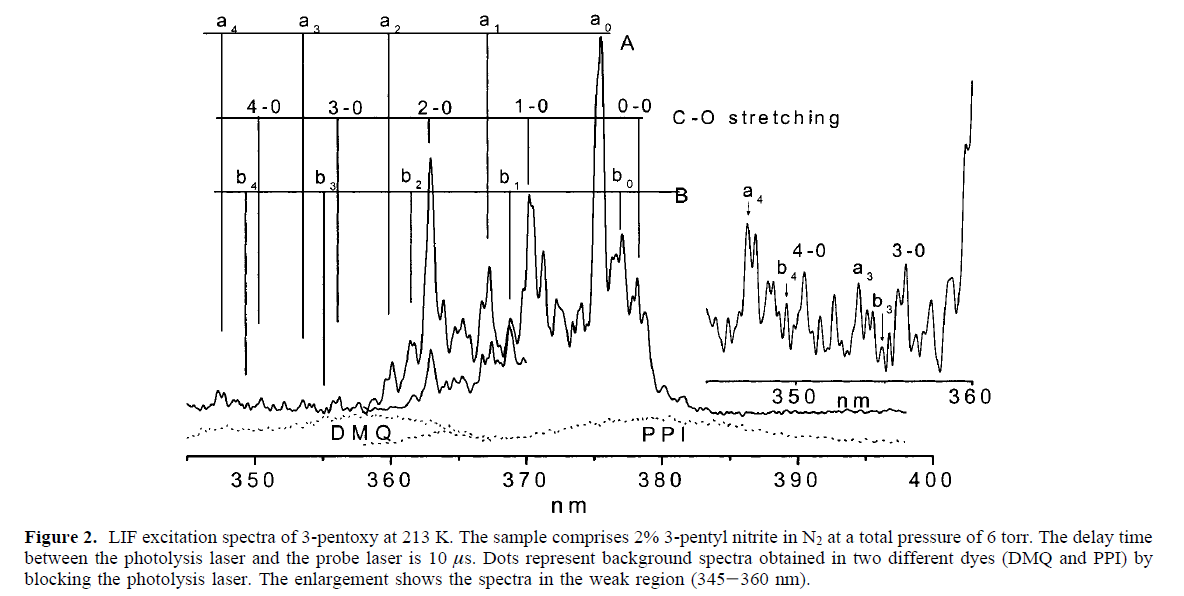
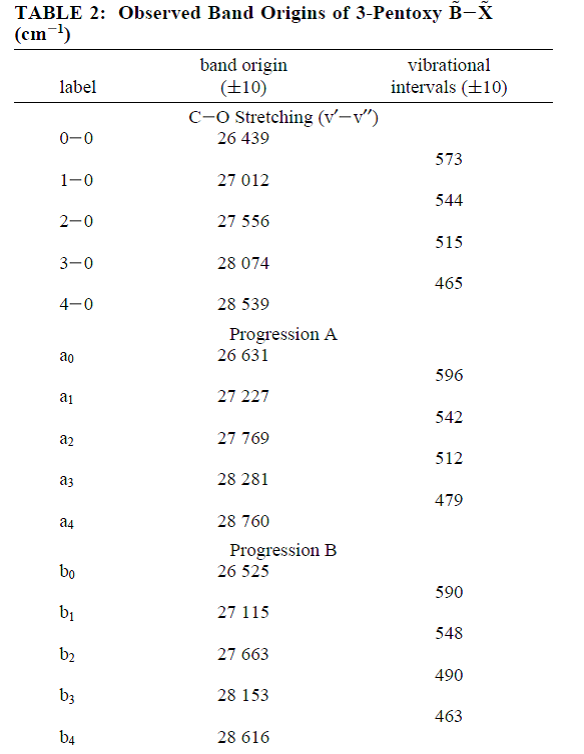
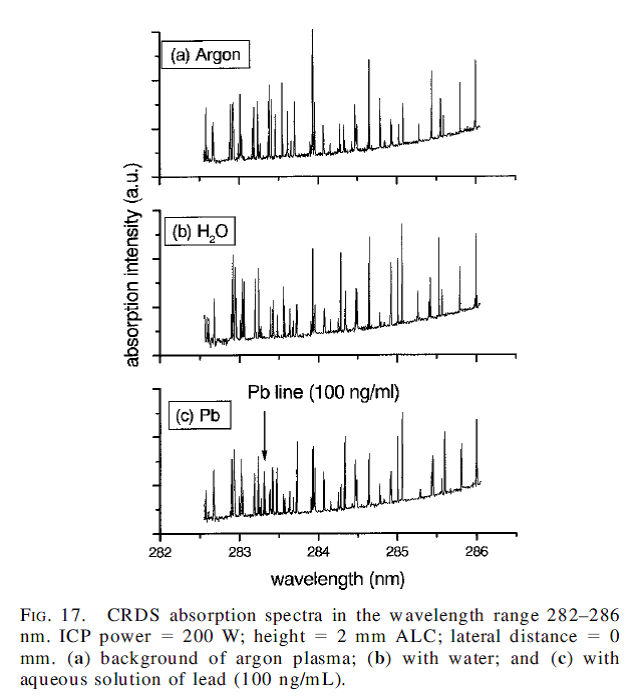
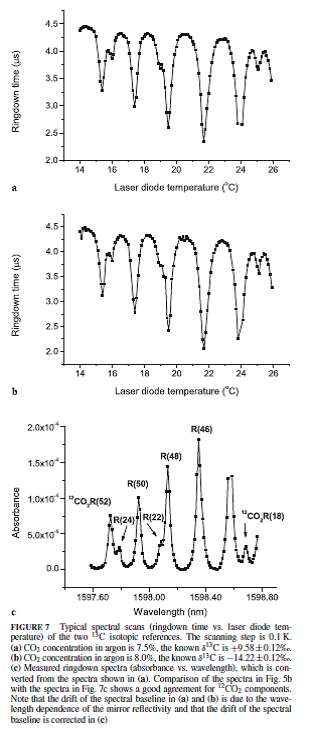
Cavity ringdown spectroscopy (CRDS), a laser absorption spectroscopic technique,for many round trips within the cavity, thus effectively enhancing the laser beam absorption path-length by several orders of magnitude. (CRDS is considered being one of many cavity enhanced absorption spectroscopy methods). Therefore, the detection sensitivity is correspondingly enhanced by several orders of magnitude as compared with the conventional single-pass absorption spectroscopy. In CRDS, a small fraction of the laser beam leaks out in each round trip to a photodetector that monitors the decay of light intensity within the cavity, and the decay time constant (referred to as ringdown time), rather than the change of the light intensity, is measured. Thus, the performance of the technique is almost unaffected by fluctuation noise of the laser source. Under appropriate experimental conditions, the intensity decay curve is single-exponential and the absorption experienced by the laser beam follows Beer’s law. Absolute absorbance (consequently the analyte concentration) is determined by measuring the ringdown times with and without an absorbing species in the cavity, or by measuring the ringdown times through tuning the laser frequency into resonance or off-resonance with a spectral transition line. A typical ringdown event (ringdown decay) is on the order of microseconds, depending on the physical parameters of the cavity and the absorption features of the species.
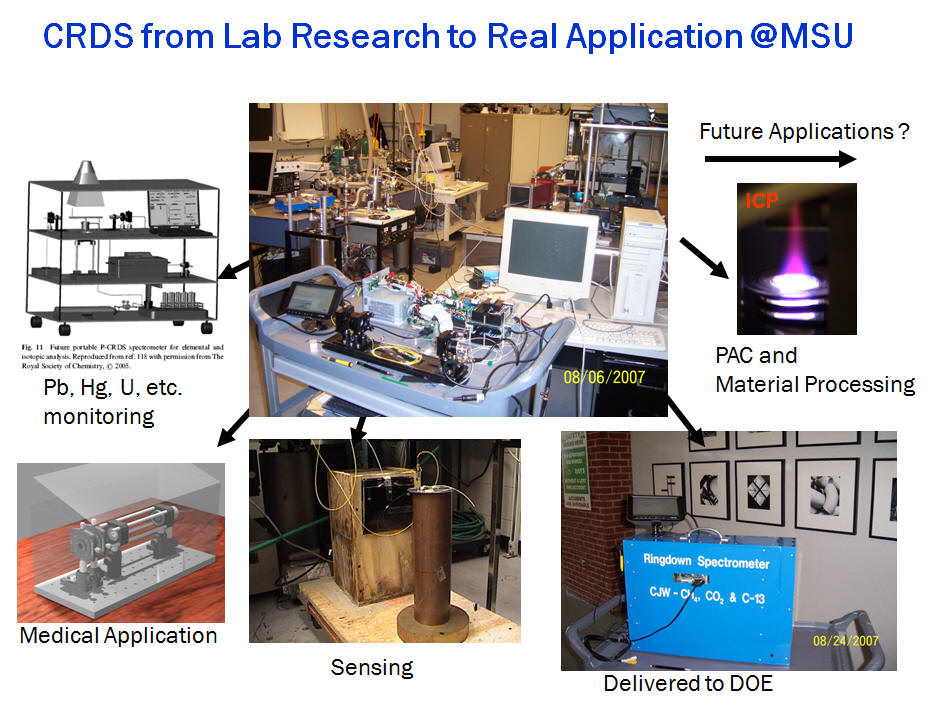
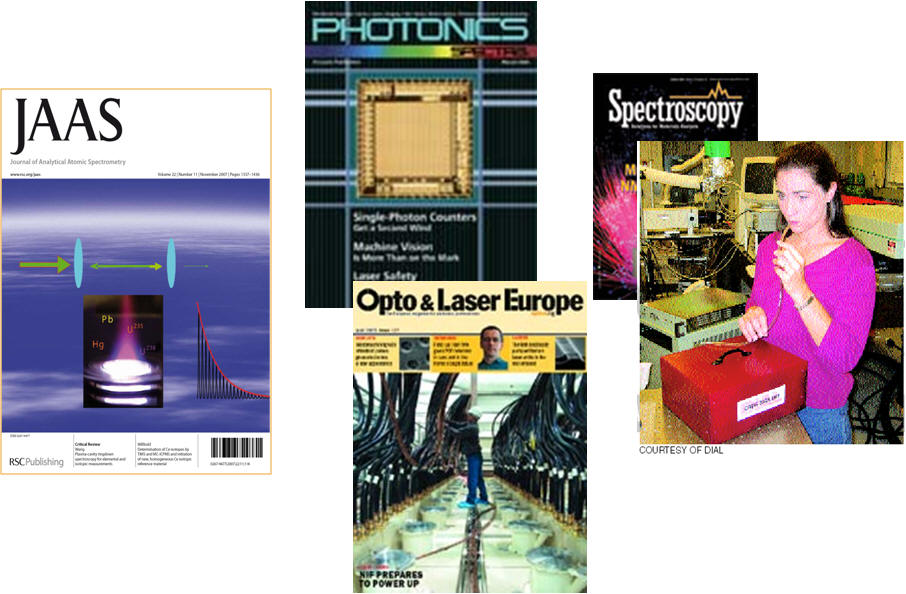
Fiber loop ringdown (FLRD) spectroscopy evolves directly from cavity ringdown spectroscopy, using a section of optical waveguide to replace the mirror-based cavity to achieve the multi-pass approach. Over the last several years, FLRD has gone far beyond the original applications of cavity ringdown spectroscopy to trace gas measurements to a broad range of applications in chemical, physical, and biological sensing. Using a uniform sensing scheme—measuring time to sense a quantity, FLRD is not only able to adopt a wide variety of sensing mechanisms for individual sensor fabrication, but is also uniquely suitable for large-scale, multi-function sensor network development.




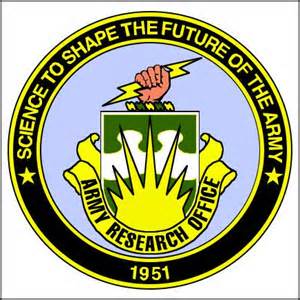
 Savannah River National Laboratory
Savannah River National Laboratory